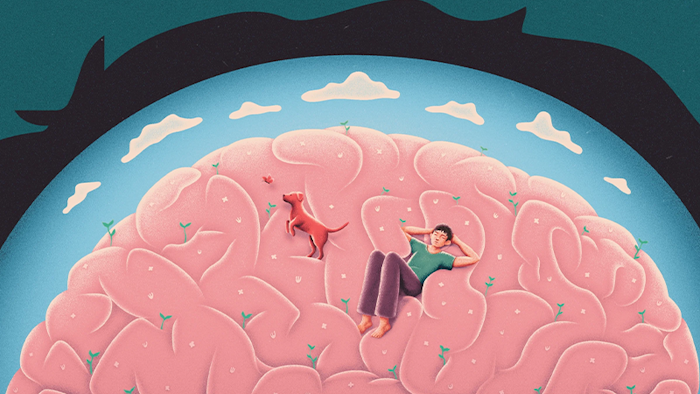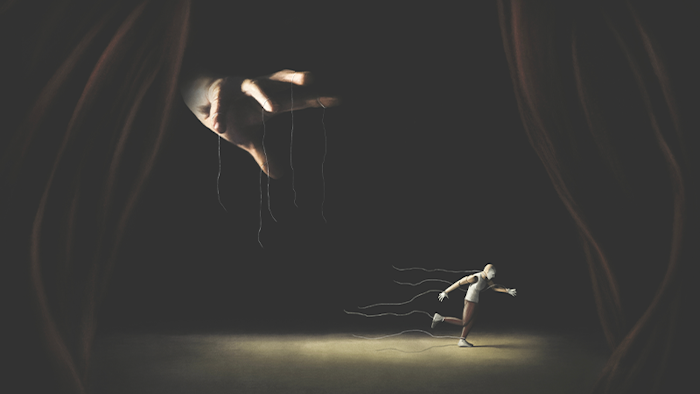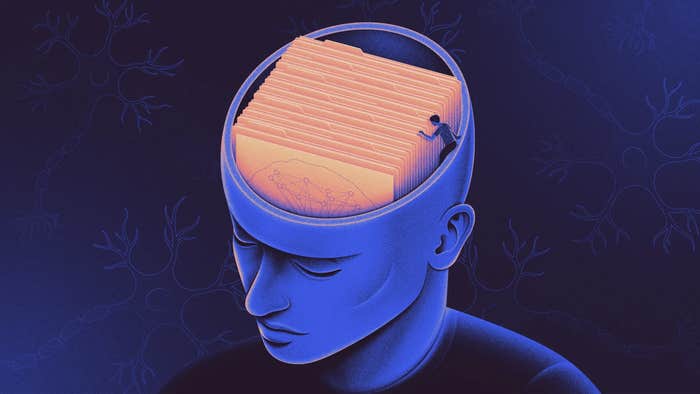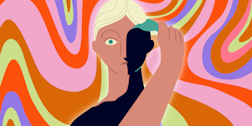Before Josh McDermott was a neuroscientist, he was a club DJ in Boston and Minneapolis. He saw first-hand how music could unite people in sound, rhythm, and emotion. “One of the reasons it was so fun to DJ is that, by playing different pieces of music, you can transform the vibe in a roomful of people,” he says.
With his club days behind him, McDermott now ventures into the effects of sound and music in his lab at the Massachusetts Institute of Technology, where he is an assistant professor in the Department of Brain and Cognitive Sciences. In 2015, he and a post-doctoral colleague, Sam Norman-Haignere, and Nancy Kanwisher, a professor of cognitive neuroscience at MIT, made news by locating a neural pathway activated by music and music alone. McDermott and his colleagues played a total of 165 commonly heard natural sounds to ten subjects willing to be rolled into an fMRI machine to listen to the piped-in sounds. The sounds included a man speaking, a songbird, a car horn, a flushing toilet, and a dog barking. None sparked the same population of neurons as music.
Their discovery that certain neurons have “music selectivity” stirs questions about the role of music in human life. Why do our brains contain music-selective neurons? Could some evolutionary purpose have led to neurons devoted to music? McDermott says the study can’t answer such questions. But he is excited by the fact that it shows music has a unique biological effect. “We presume those neurons are doing something in relation to the analysis of music that allows you to extract structure, following melodies or rhythms, or maybe extract emotion,” he says.
When it comes to understanding subtle neurological activity, brain scans are more like magnifying glasses than microscopes. fMRI scans highlight activity in specific regions of the brain, but each data point corresponds to hundreds of thousands of brain cells. Until recently, scientists didn’t have a way to disentangle the behavior of smaller groups of neurons. Even if music and language seemed to activate the same regions of the brain, no one knew if they activated the same cells.
The results challenge a persistent claim that the brain processes music and language in the same way.
The MIT team adopted a new technique to break down the fMRI data. They tried to explain the response to each of the distinct sounds at each point in the brain as a sum of a small number of canonical responses, each potentially corresponding to a different population of neurons. It was a little like zooming in on a photograph until pixels appear, and then finding a way to separate each pixel into even smaller components.
The results challenge a persistent claim that the brain processes music and language in the same way. “You have different neural circuitry that’s involved in music and language,” says McDermott. “There doesn’t seem to be a whole lot of overlap.” Could music be its own form of communication? “To the extent that music functions for communication, it’s quite different from language in that it doesn’t denote specific, concrete things in the world, like something you would say,” he says. “But it obviously expresses something, typically something emotional.”
Intriguing research by Istvan Molnar-Szakacs, Ph.D., a research neuroscientist at the Semel Institute for Neuroscience at the University of California, Los Angeles, suggests that listening to music activates the brain’s mirror-neuron system, a hub in the brain, Molnar-Szakacs says, that includes the limbic system, associated with emotion, that stirs a sense of human agency and “social belonging.”
McDermott says his research “doesn’t really speak to any kind of social activity.” It locates music-selective neurons in an area anterior to the primary auditory cortex. “Beyond the anatomical location,” he adds, “we don’t really know anything more.” Yet McDermott, whose field of study is hearing, and not necessarily music, would love to know the role and purpose of musical circuitry in the brain.
“It’s pretty clear that music has a biological basis,” he says. “The evidence is that music is a universal phenomenon. It doesn’t seem to be a purely cultural convention in the way that movies are. In pretty much every culture we know of, no matter their state of development or technological advancement, there’s always something you see and recognize as music. That seems to suggest that there’s something in the human brain that causes groups of humans to engage in musical behavior.”
With his neuroscience career, and two young kids, McDermott says he doesn’t listen to music as often as he once did. But the presence of his record collection in his MIT office reminds him of the hold that music has on his professional and personal lives. “Music is a playground for the auditory system,” he says. “There’s just all kinds of really interesting perceptual phenomena that musicians and producers have discovered and taken advantage of when they create a piece of music.” For McDermott himself, “Listening to music is a constant source of inspiration and ideas.”
Daniel A. Gross is a writer and public radio producer based in Boston.
Video: Julie Pryor/McGovern Institute



















